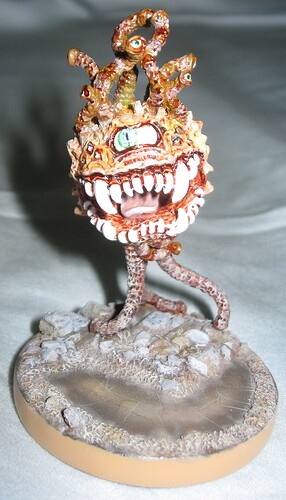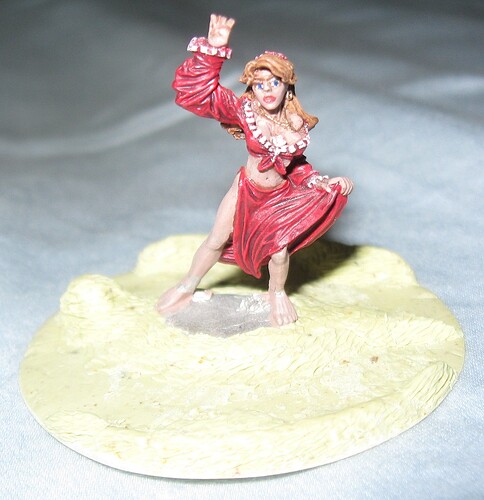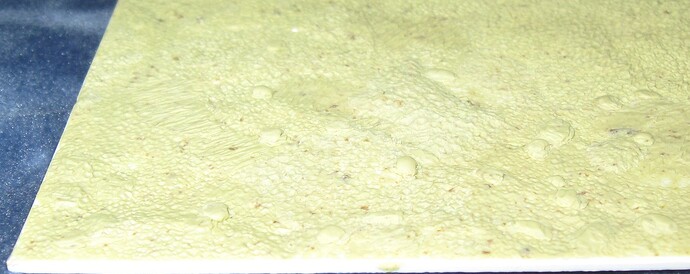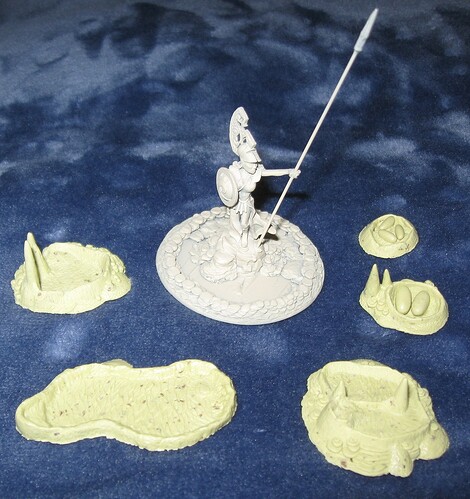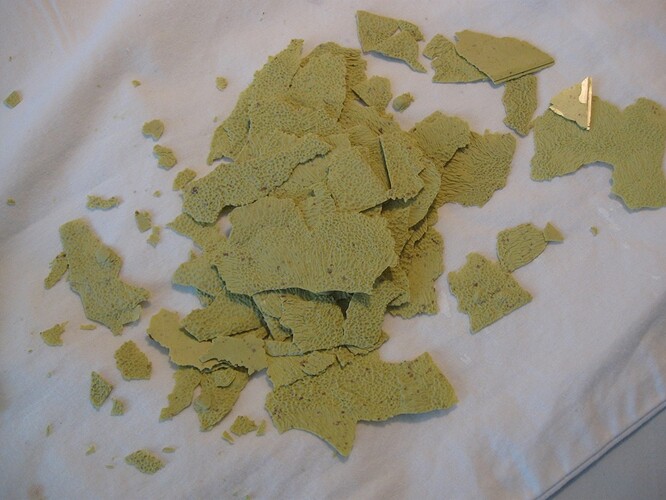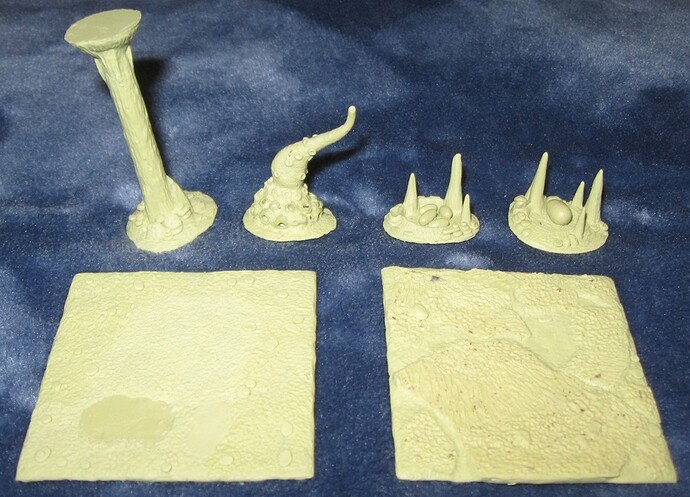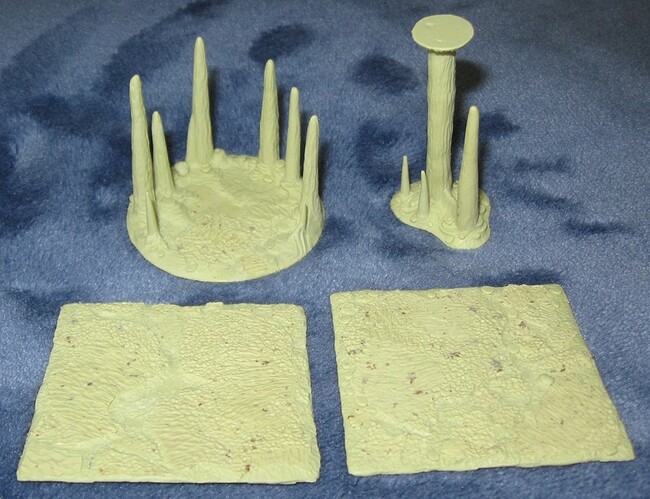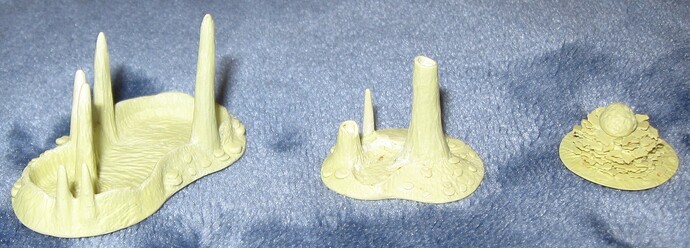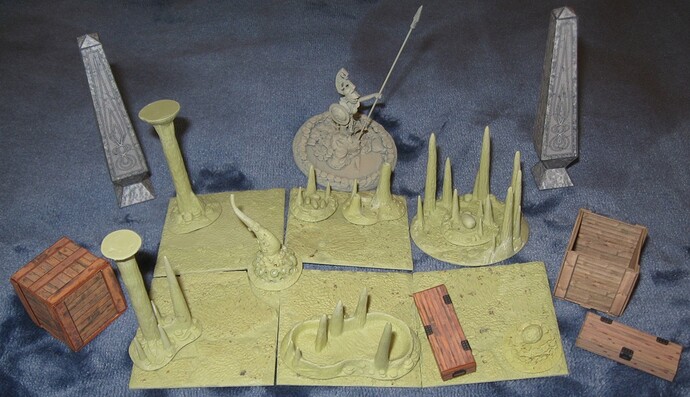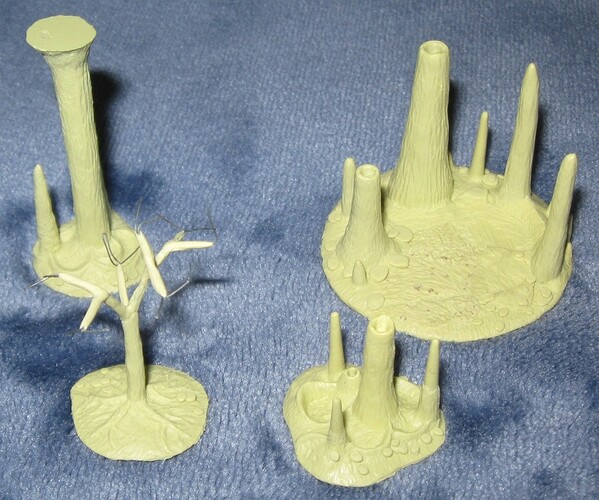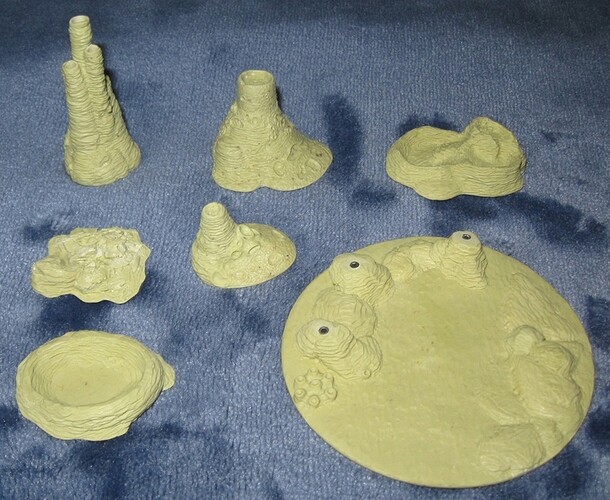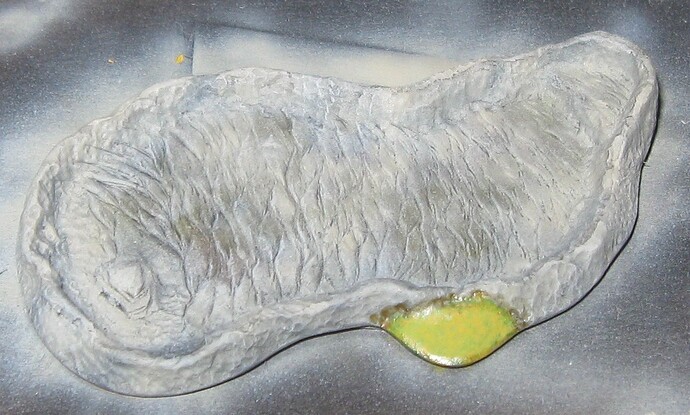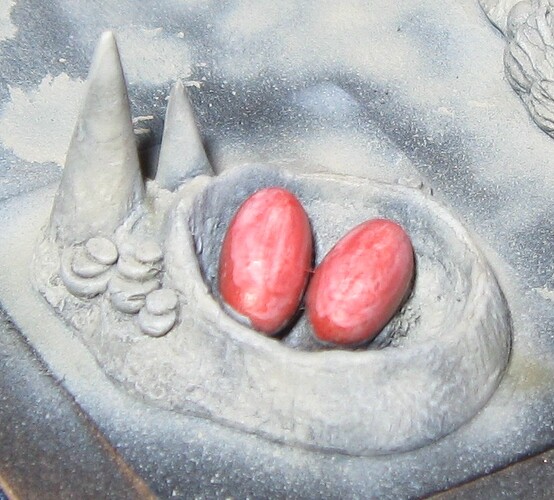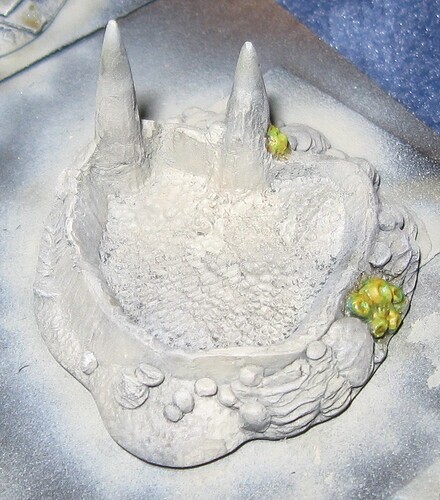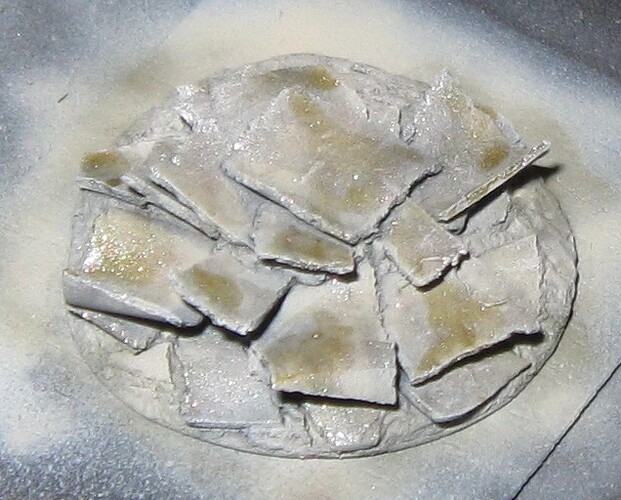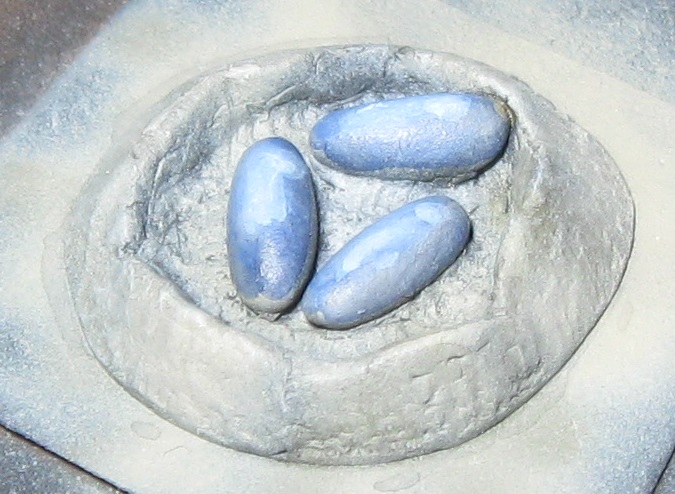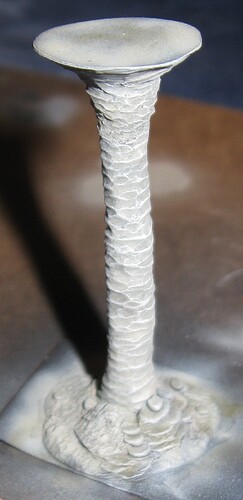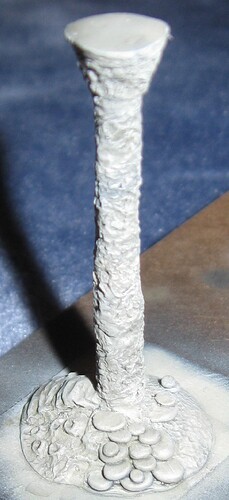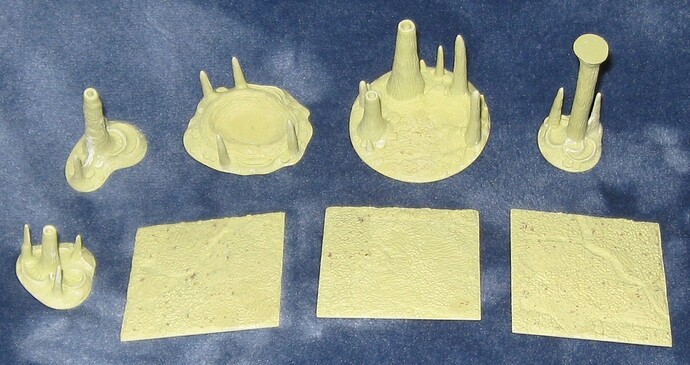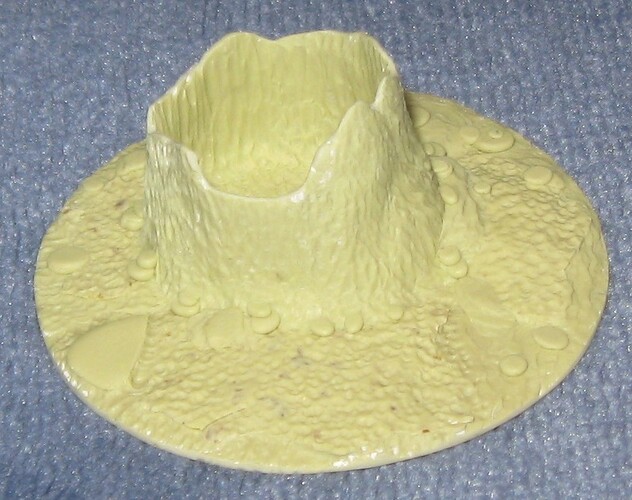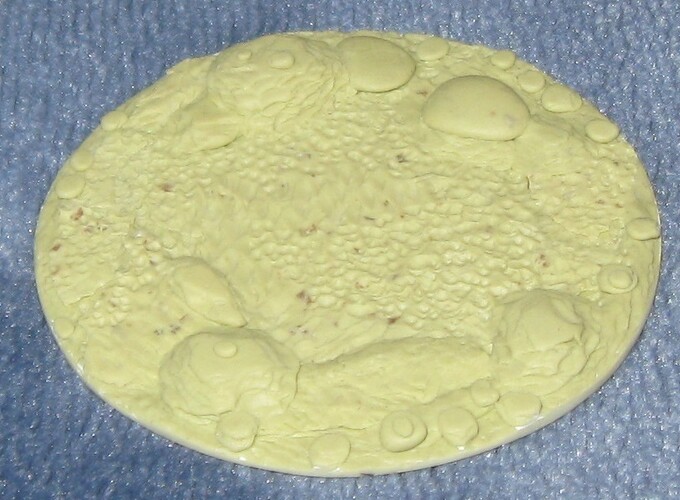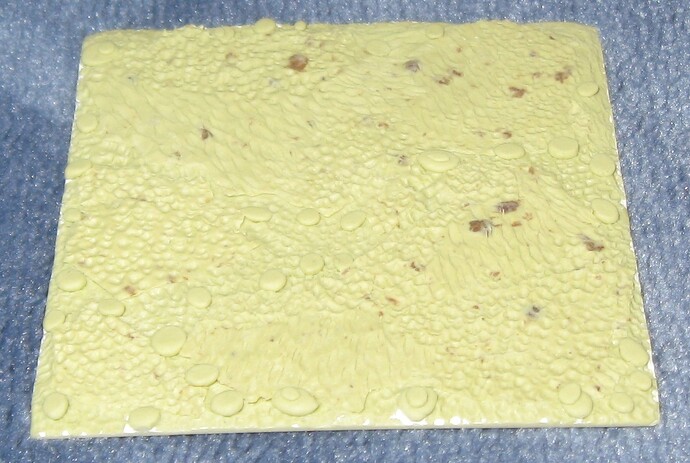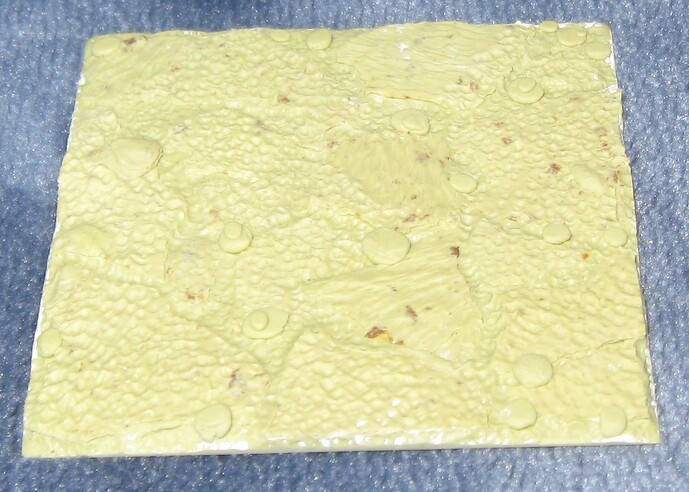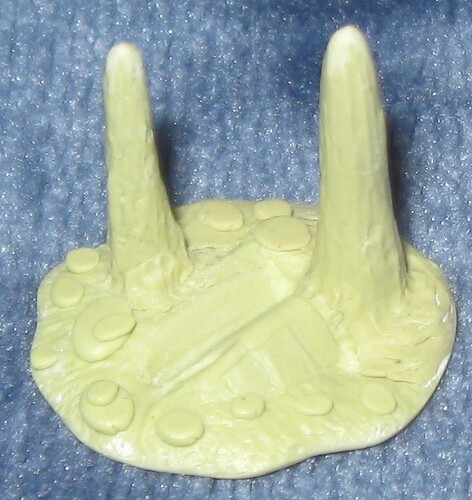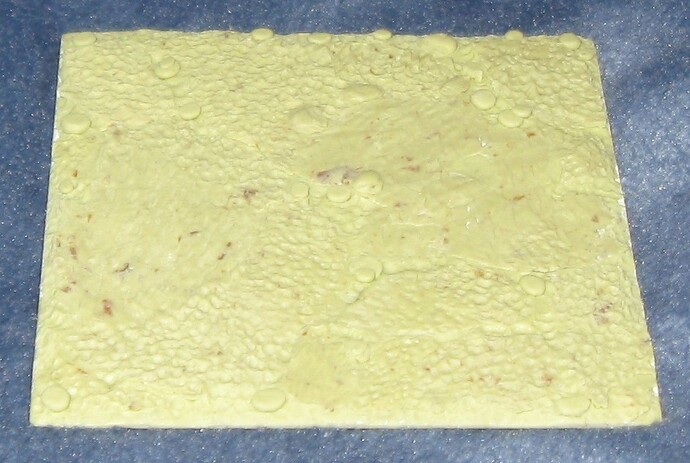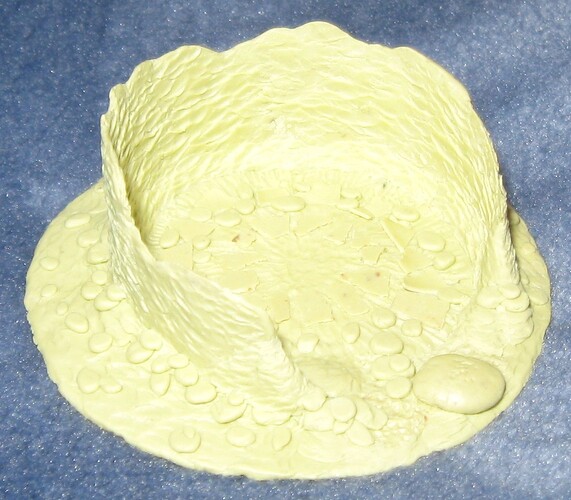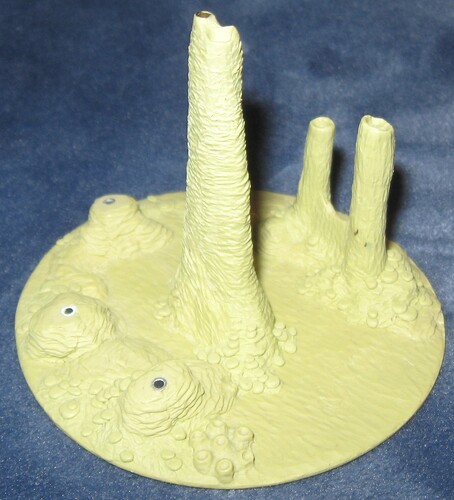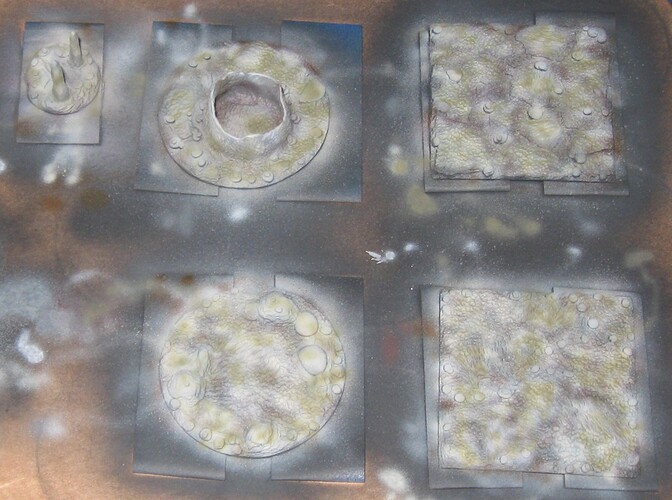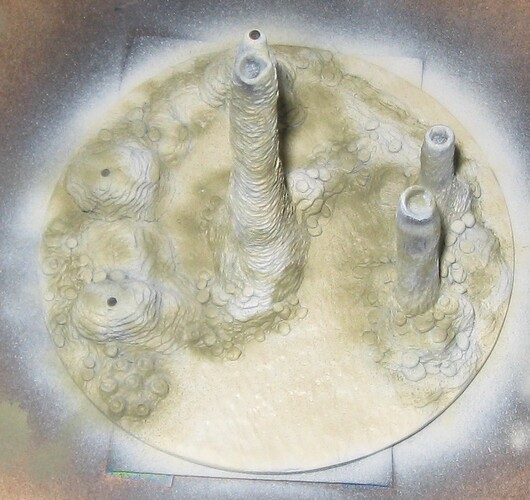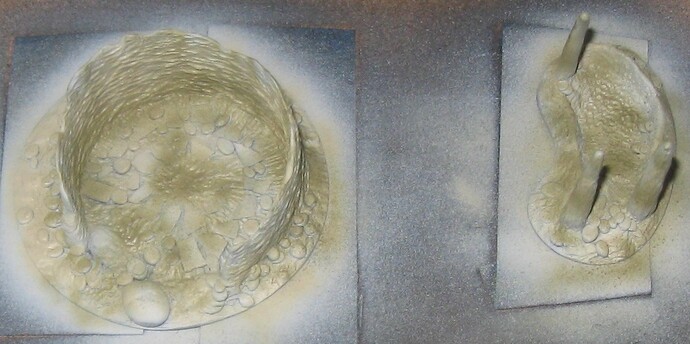Hey, hey.
Last year, upon returning to model building after a decade long hiatus, I made a thread in the Armorama forums to write about my military figure and vehicle projects. The format works well for me because I tend to divide my time between many projects. Instead of focusing on a specific model, I can focus on experiments and techniques.
I also enjoy alien creature sculpting, card models, fantasy figure painting, and hard science fiction. Having recently revived some old projects in those areas, and since such things are not appropriate for a military models forum, I decided to discuss them here. In this thread I will write about my journey to become a better figure painter, science fiction model designer, and sculptor of living things. ![]()
One of my core traits is a strong desire to see, try, and understand many things. Two unfortunate consequences of such broad interest is a tendency to start many projects without completing previous ones and never mastering anything. My closet is full of old, half completed figures, models, and sculptures. ![]() My attempts to learn are too scattered. Therefore, my very first goal for this thread is to complete old projects. A few days ago, I went through my storage boxes and identified 5 fictional figure projects in need of completion. The journey will start with them.
My attempts to learn are too scattered. Therefore, my very first goal for this thread is to complete old projects. A few days ago, I went through my storage boxes and identified 5 fictional figure projects in need of completion. The journey will start with them.
This figure, a Reaper Miniatures Eye Beast, was started and based around 13 years ago. Some very preliminary painting was done using Reaper acrylics. About 6 weeks ago, after watching a number of figure painting videos, I pulled it out of storage and used it to experiment with Vallejo acrylic paints. The results are encouraging!
The base consists of a two inch diameter circle of clear acrylic. Part of the top surface was masked with Tamiya Tape. The miniature was then attached to the disk using Milliput. More Milliput was used to add a ring around the outer edge and sculpt terrain around the masked pool surface. The next step involves painting the bottom of the acrylic disk to resemble the bottom of a cave pool.
This figure was painted to the current state about 13 years ago, probably with Reaper acrylics. My hope is to significantly improve her.
A few days ago, I decided to base all future figures using two inch disks of Milliput with this figure as my first experiment. Creating a perfect two inch diameter disk of Milliput proved difficult. Eventually, I cut a two inch diameter disk of plastic from the top of a cottage cheese container and used that as the basis for the Milliput. After the Milliput dries, the plastic slice peels off easily, leaving a perfect, two inch disk. I was quite pleased with myself for figuring out that little trick.
After making the disk, the figure was attached using more Milliput. A few weeks ago, another modeler produced a wonderful diorama of a beached Vietnam patrol boat. I decided to use this figure to try the same sort of thing on a much smaller scale. The area around the woman was sculpted to represent a shore upon which she is dancing. About an hour later, I decided she is actually dancing on a little island in a small stream. Later still, I decided the woman is a Rhein maid, a personification of the Rhein River from ancient Germanic religion.
This figure was also painted and based about 13 years ago. The base, a standard, cheap, ugly square decorated with white putty and sand, was peeled and cut away. It then occurred to me to cut away most of the metal base as well.
With the figure free of the ugly square, now standing on a little platform of metal, I secured her to another two inch disk of Milliput. This Rhein maid is standing on a rock outcropping over looking the river. A small spring to her left feeds water into the river, forming a small water fall. This base still needs some work. My hope is to significantly improve the painting quality of this figure and perhaps give her a much longer skirt.
This figure was cleaned up a very long time ago, then stuck in a drawer.
Once again, the figure was attached to a two inch disk of Milliput. A scale-like pattern was added to the edge of the disk, then broken shale sculpted to fill the interior. After a couple hours of work, I changed my original plan and decided to incorporate another pool of water. It will require a few more hours of sculpting to finish this base. Her spear also needs replacement.
Two challenges now await–mastery of face painting and the wet blending painting technique. The Eye Beast was a decent first attempt but much practice lies between me and my goal. ![]()
